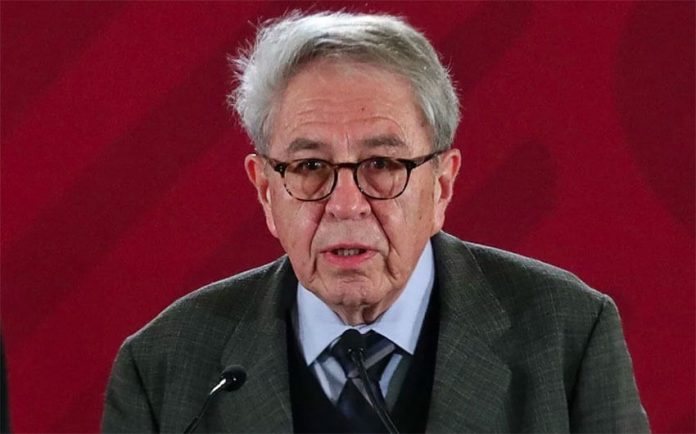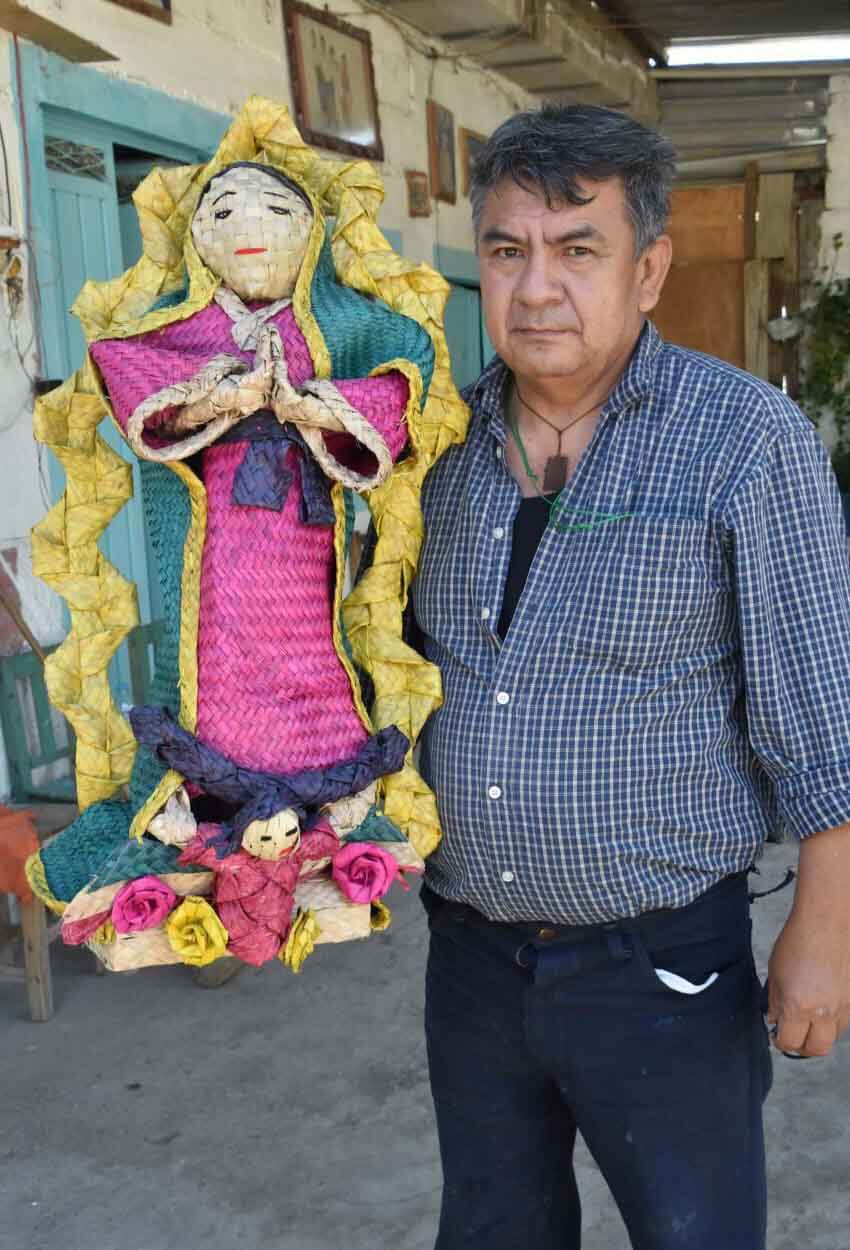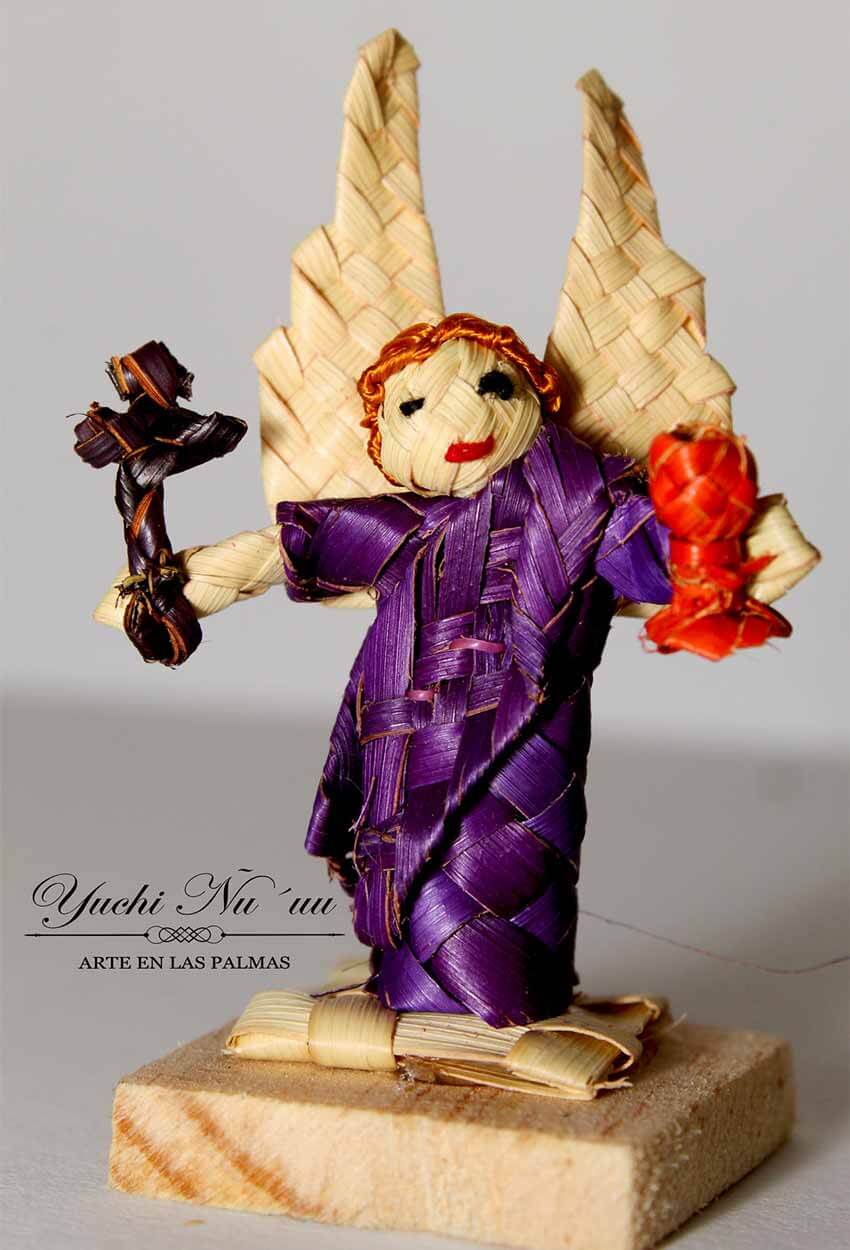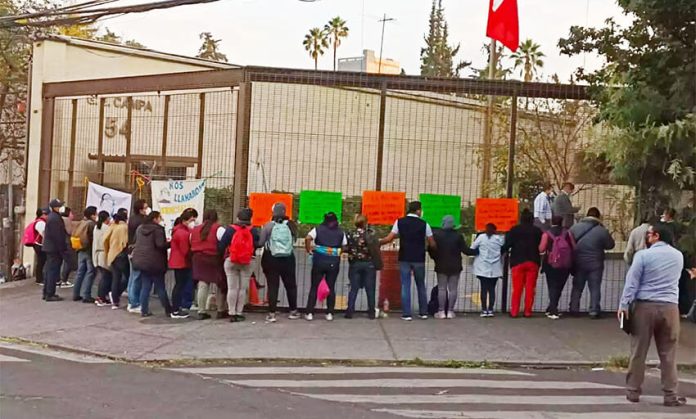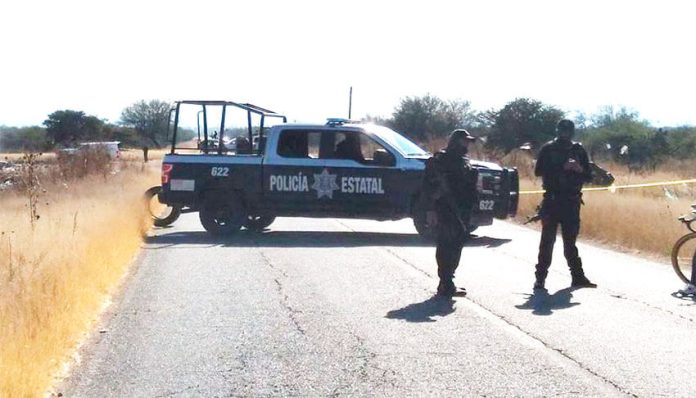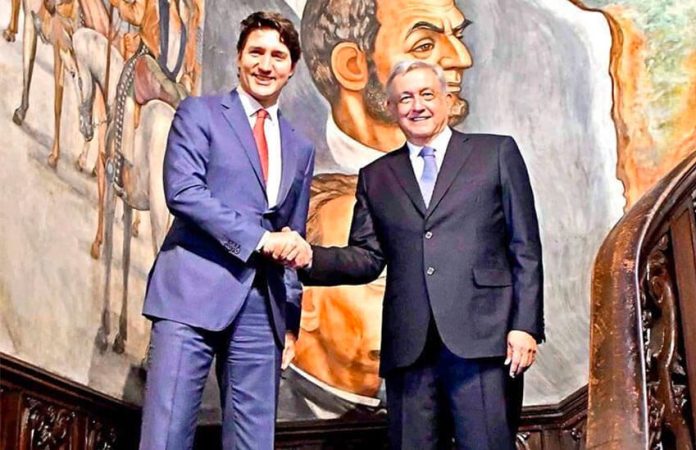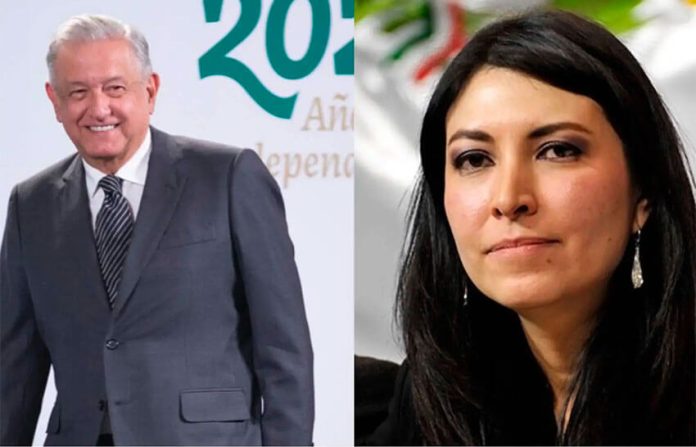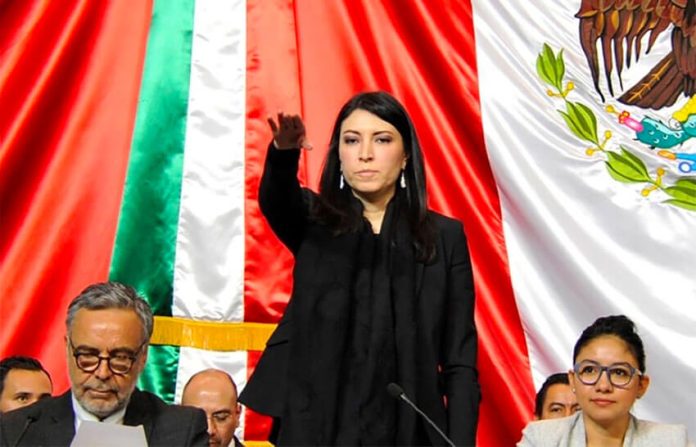New coronavirus cases and COVID-19 deaths are well below the levels seen in recent months as the third wave of the pandemic extended across Mexico, but there are now signs of a fourth wave, according to the federal health minister.
“Today we were presented signs of a fourth wave but I don’t want this [information] to reach the press,” Jorge Alcocer told a virtual mental health and addiction prevention conference last Friday.
Despite his wish, video footage of the minister making the remarks reached the media this week.
Alcocer described journalists as “distorters of the truth” before warning people to take care due to the (apparently) deteriorating coronavirus situation.
For his part, health policy analyst Xavier Tello told broadcaster CNN that Mexico is likely to face a fourth wave given that European countries such as Germany and Austria are currently experiencing large outbreaks.
He said data shows that previous waves began in Mexico 60 to 85 days after large outbreaks started in Europe.
Tello noted that although 85% of adults are vaccinated only about 50% of the total population is fully vaccinated.
“… We still need to vaccinate minors, we need to vaccinate adolescents and we need to vaccinate children and that’s something that is not in the plan,” he said, although the government announced last week that it would offer shots to youths aged 15 to 17.
Tello said that case numbers were still declining at the moment but predicted they will begin to rise at the end of this year or the start of 2022, largely due to Christmas and New Year’s gatherings and parties.
Pan American Health Organization assistant director Jarbas Barbosa agreed that a 50% population-wide vaccination rate won’t be sufficient to stop a fourth wave.
“Mexico has made a very significant effort to vaccinate its population. It has 50% of its entire population with two doses – it’s significant vaccine coverage but not yet sufficient to guarantee that the country won’t again have … [new] outbreaks,” he said Wednesday.
“Continuing with the vaccination is necessary, [Mexico needs to] reach a higher vaccination coverage, protect everyone with … [two doses],” Barbosa said, adding that other virus mitigation measures such as social distancing, face mask use and hand washing must also be maintained.
“What we’re seeing in Europe is that a lot of countries that have vaccination coverage of 60-75% [are seeing] significant new growth in the number of cases. There is no sign that the pandemic has ended.”
In other COVID-19 news:
• President López Obrador said Tuesday that health authorities will consider the possibility of offering third, booster shots to some sectors of the population.
“The booster vaccine will be analyzed in some cases, especially for the elderly but that still has to be decided by the doctors, the specialists,” he said.
All adults in the United States are now eligible for booster shots if six months have elapsed since they had their second Pfizer or Moderna shot.
• Almost 131.4 million vaccine doses have been administered in Mexico after just under 188,000 shots were given Tuesday.
About 76 million adults have been vaccinated and only 15% of that number are awaiting their second dose, Deputy Health Minister Hugo López-Gatell said Tuesday.
He also said that additional shipments of the Pfizer vaccine will arrive in Mexico this month and next and be used to inoculate youths aged 15 to 17.
• The Health Ministry reported 3,698 new cases and 326 COVID-19 deaths on Tuesday. Mexico’s accumulated tallies are currently 3.86 million cases and 292,850 fatalities.
There are just over 19,000 estimated active cases, including more than 2,800 in Mexico City and over 2,500 in Baja California, the only state in the country that is high risk orange on the federal government’s coronavirus stoplight map.
The other 31 states are all low risk green on the map, which will remain in effect through Sunday. The Health Ministry will publish a new map for the coming two weeks on Friday.
With reports from Milenio, El Universal and Forbes México
